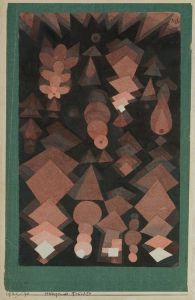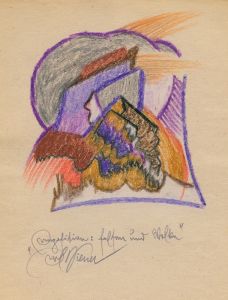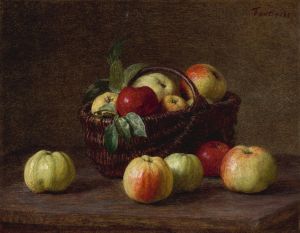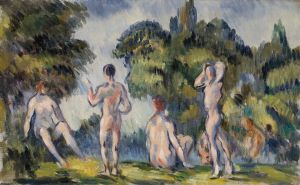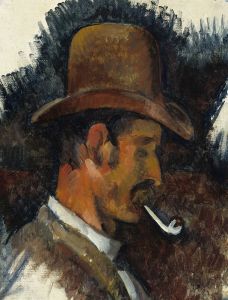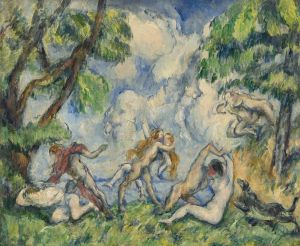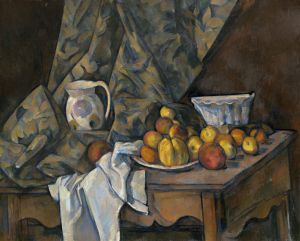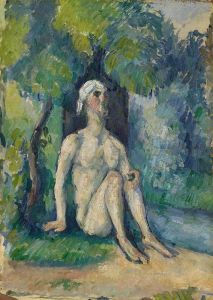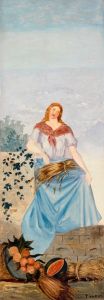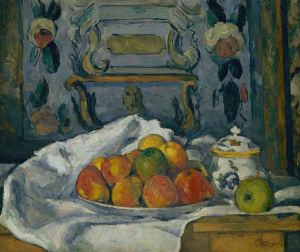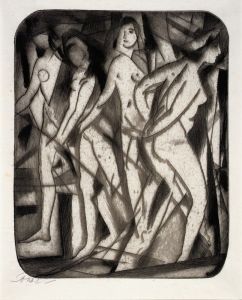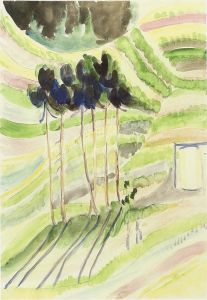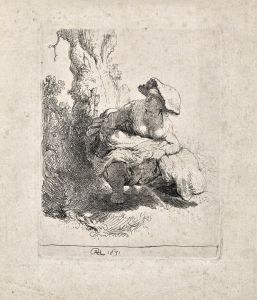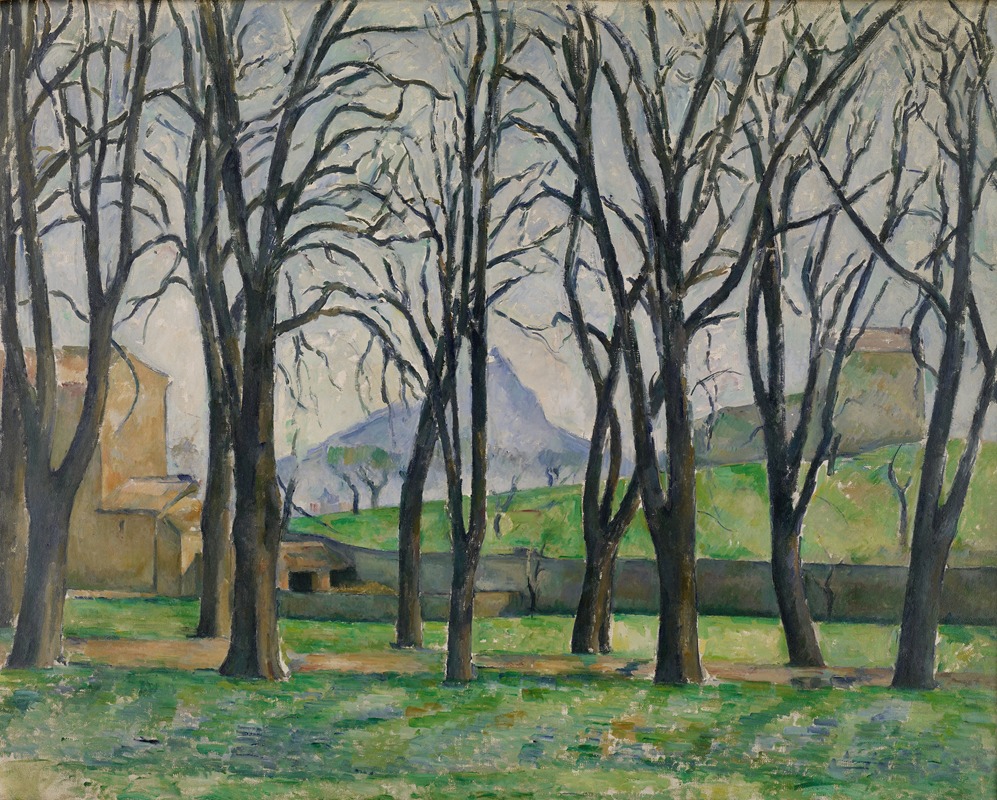
Chestnut Trees at Jas de Bouffan
A hand-painted replica of Paul Cézanne’s masterpiece Chestnut Trees at Jas de Bouffan, meticulously crafted by professional artists to capture the true essence of the original. Each piece is created with museum-quality canvas and rare mineral pigments, carefully painted by experienced artists with delicate brushstrokes and rich, layered colors to perfectly recreate the texture of the original artwork. Unlike machine-printed reproductions, this hand-painted version brings the painting to life, infused with the artist’s emotions and skill in every stroke. Whether for personal collection or home decoration, it instantly elevates the artistic atmosphere of any space.
"Chestnut Trees at Jas de Bouffan" is a painting by the renowned French artist Paul Cézanne. Created around 1885-1886, this work is a notable example of Cézanne's mature style, which played a pivotal role in the transition from 19th-century Impressionism to 20th-century Cubism. The painting depicts a serene landscape featuring chestnut trees at the Jas de Bouffan estate, which was owned by Cézanne's family.
Paul Cézanne was born on January 19, 1839, in Aix-en-Provence, France. He is often referred to as the "father of modern art" due to his innovative approach to form and color, which influenced numerous artists and movements. Cézanne's work is characterized by his methodical brushstrokes, the use of color to build form, and his exploration of geometric simplification.
The Jas de Bouffan estate, located near Aix-en-Provence, was purchased by Cézanne's father in 1859. This estate became a significant source of inspiration for Cézanne, who painted numerous scenes of its gardens, buildings, and surrounding landscape. The chestnut trees depicted in this painting were part of the estate's extensive grounds, which provided Cézanne with a rich variety of subjects to explore.
"Chestnut Trees at Jas de Bouffan" showcases Cézanne's distinctive technique of using short, hatched brushstrokes to create a sense of depth and structure. The composition is carefully balanced, with the trees forming a natural frame around the central view. Cézanne's use of color is also noteworthy; he employs a palette of greens, browns, and blues to convey the natural beauty of the scene. The interplay of light and shadow adds to the painting's sense of realism, while also highlighting Cézanne's interest in capturing the changing effects of light.
Cézanne's approach to painting was methodical and deliberate. He often worked slowly, building up layers of paint to achieve the desired effect. This meticulous process is evident in "Chestnut Trees at Jas de Bouffan," where the careful application of color and the structured composition reflect his dedication to capturing the essence of the landscape.
The painting is also significant for its role in Cézanne's development as an artist. During the 1880s, Cézanne was moving away from the more spontaneous techniques of the Impressionists and towards a more structured, analytical approach. "Chestnut Trees at Jas de Bouffan" exemplifies this shift, with its emphasis on form and composition over fleeting impressions.
Today, "Chestnut Trees at Jas de Bouffan" is held in the collection of the National Gallery of Art in Washington, D.C. It remains an important work for understanding Cézanne's artistic evolution and his contribution to the development of modern art. The painting continues to be celebrated for its beauty, technical mastery, and its role in the broader context of art history.





